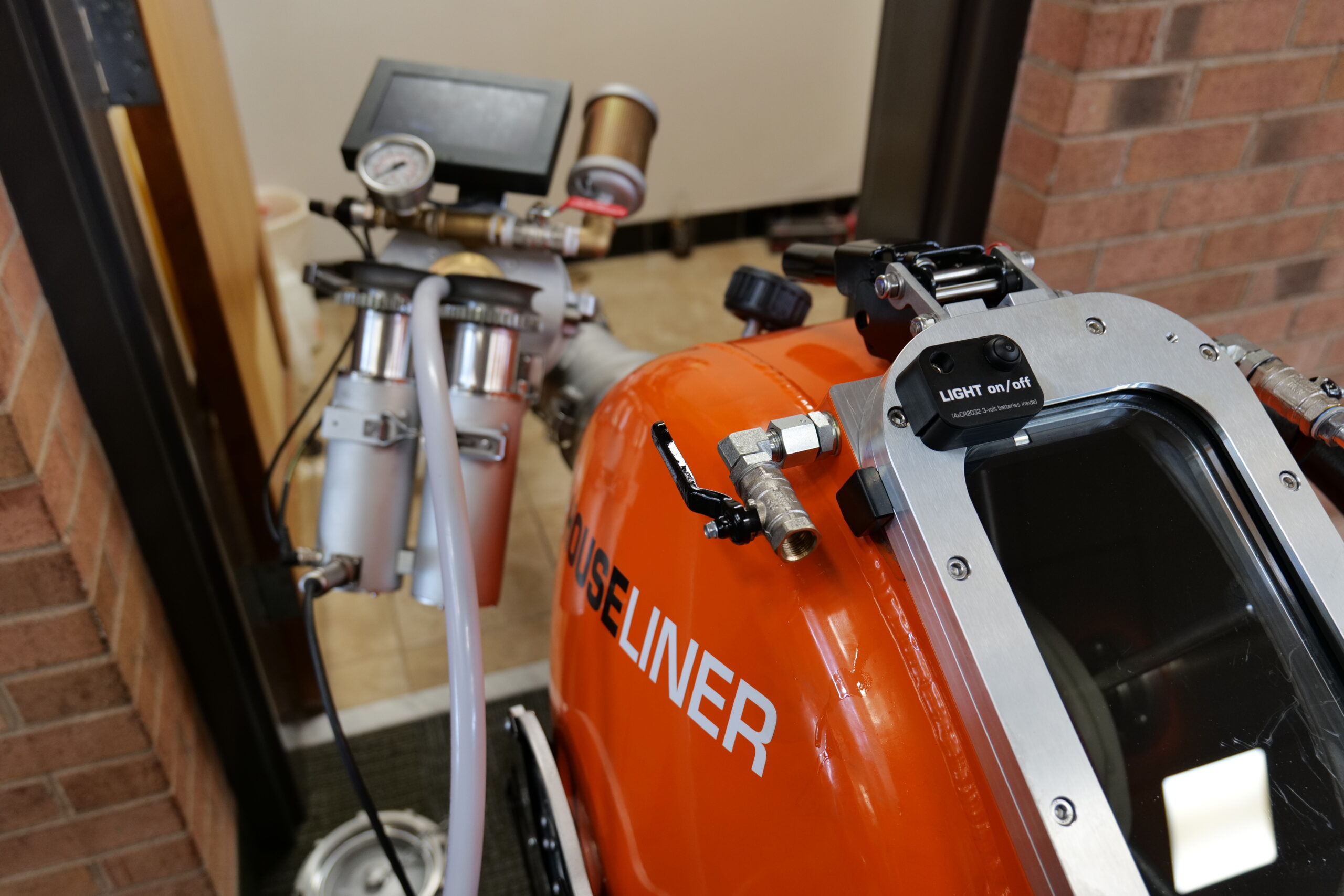Maintaining the integrity of a building’s plumbing system is a critical aspect of facility management. Over time, pipes can deteriorate due to corrosion, scale buildup, or ground movement. For many years, pipe replacement was the go-to solution for addressing these issues, but modern pipe rehabilitation methods now offer efficient, cost-effective alternatives.
In this blog, we’ll explore the most common pipe rehabilitation methods and help facility managers determine the right solution for their building’s needs. Whether you manage a commercial facility, an industrial plant, or a multi-story residential building, understanding the available options will help you make informed decisions about the longevity and performance of your plumbing system.
Why Pipe Rehabilitation Matters
Before we dive into the various methods, it’s essential to understand why pipe rehabilitation is so crucial. Aging pipes not only lead to water leaks, reduced flow, and poor water quality but can also result in larger infrastructure issues if left untreated. Pipe rehabilitation offers the following benefits:
- Cost savings: Rehabilitation can be more affordable than full pipe replacement.
- Minimized disruption: Many methods are trenchless, meaning you avoid the need for digging or tearing up walls and floors.
- Extended lifespan: Rehabilitated pipes can last for decades, significantly extending the life of your plumbing system.
Now, let’s look at the most common pipe rehabilitation methods and their applications.
-
Cured-in-Place Pipe (CIPP) Lining
What It Is: Cured-in-Place Pipe (CIPP) lining is a trenchless method where a flexible liner is inserted into an existing pipe. The liner is coated with a resin that hardens once cured, creating a new, durable pipe within the old one.
Advantages:
- Suitable for addressing cracks, corrosion, and leaks.
- Minimal disruption to daily operations.
- Can be applied to pipes of varying sizes and materials.
Best For: Facilities with minor to moderate pipe deterioration, where a full replacement isn’t necessary. It’s especially useful in commercial buildings that need repairs done without causing disruptions to business operations.
-
Pipe Bursting
What It Is: Pipe bursting is another trenchless technology used to replace old pipes entirely. A bursting head is inserted into the existing pipe and pulls a new pipe into place while simultaneously breaking apart the old pipe.
Advantages:
- Ideal for completely replacing pipes that are severely damaged or undersized.
- Allows for the installation of larger-diameter pipes to improve flow capacity.
- Requires little excavation.
Best For: Facilities with severely deteriorated pipes that need to be replaced entirely, such as old cast iron or clay pipes. It’s also suitable when you need to upgrade the pipe size for higher flow demands.
-
Sliplining
What It Is: Sliplining involves inserting a smaller pipe into the existing damaged pipe. The new pipe is usually made of polyethylene or PVC, and grout is applied between the old and new pipes to secure the fit.
Advantages:
- Simple and relatively low-cost solution.
- Adds structural integrity to the existing pipe.
- Trenchless and minimally invasive.
Best For: This method is often used in larger-diameter pipes, such as sewer or storm drain systems, where a slight reduction in pipe size won’t affect the overall capacity. It’s an ideal solution for pipes that are in relatively good condition but need reinforcement.
-
Spray-Applied Epoxy Lining
What It Is: Spray-applied epoxy lining involves spraying an epoxy coating onto the interior surface of the pipe. This method seals any leaks and prevents future corrosion by creating a smooth, protective layer.
Advantages:
- Ideal for preventing corrosion in metal pipes.
- Can be used in pipes of various sizes.
- No need to excavate or remove existing pipes.
- Can be utilized on pressurized pipe systems.
Best For: Buildings with potable water systems or other pressurized pipelines. Epoxy lining is especially effective in areas where you want to prevent future corrosion or avoid leaks.
-
Spot Repair
What It Is: Sometimes, full pipe rehabilitation isn’t necessary. Spot repair allows facility managers to target specific areas of damage, such as cracks or small leaks, without addressing the entire length of the pipe.
Advantages:
- Quick and affordable.
- Targets localized problems without the need for larger-scale work.
- Minimal disruption to building occupants.
Best For: Small-scale issues where only a section of the pipe is damaged. This method is often used in pipes that are otherwise in good condition but have a few problem areas.
Choosing the Right Solution for Your Facility
Choosing the right pipe rehabilitation method depends on several factors, including the type of damage, pipe material, and the overall condition of your plumbing system. Here are some considerations to keep in mind:
- Extent of Damage: Is the damage isolated to a small section, or are the pipes throughout the building compromised? Methods like spot repair work for minor issues, while CIPP lining or pipe bursting may be required for more extensive damage.
- Building Occupancy: How much disruption can your facility tolerate? Trenchless methods like CIPP lining and pipe bursting are ideal for minimizing the impact on business operations, while traditional repairs may require significant downtime.
- Pipe Material: Some methods work better for specific materials. For example, epoxy coating is excellent for metal pipes, while sliplining is often used for large-diameter pipes like storm drains.
- Budget: Pipe rehabilitation methods vary in cost. Understanding your budget limitations and the long-term benefits of each option will help you make a financially sound decision.
Final Thoughts
Pipe rehabilitation offers a wide range of benefits, from cost savings to reduced downtime and extended pipe lifespans. By understanding the different methods available, you can choose the most effective solution for your facility’s plumbing needs.




